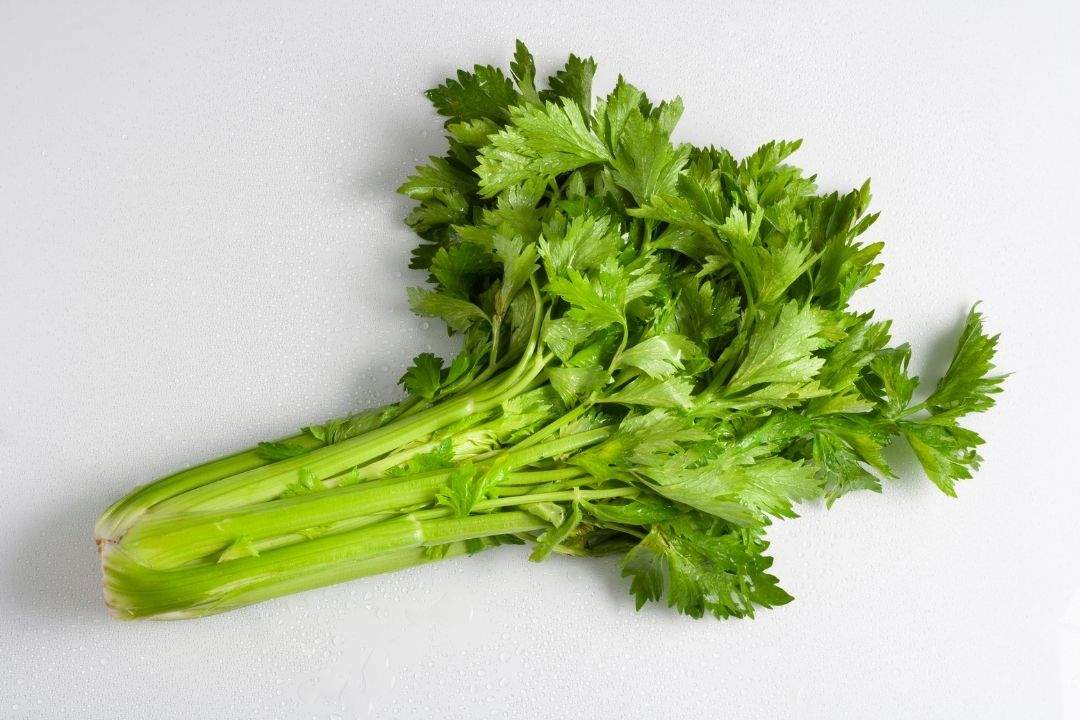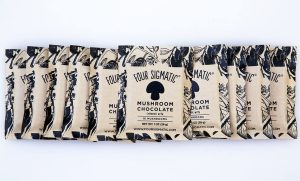Çeciir: A Journey through Time, Flavor, and Culture

Çeciir, a term that might not be familiar to many, is the Turkish word for chickpeas. Chickpeas are a type of legume and have been a part of human culinary history for thousands of years. Despite the language and regional variations in its name, chickpeas have a universal appeal, serving as a symbol of cultural heritage and culinary tradition for countless communities worldwide.
Chickpeas through Time
The history of chickpeas, or çeciir, dates back over 7,000 years and can be traced to the Middle East. These legumes have been a fundamental source of nutrition for diverse cultures. In ancient times, Egyptians, Greeks, and Romans recognized the value of chickpeas. They were utilized not only as a food source but also for their resilience in surviving harsh environmental conditions.
In more recent history, chickpeas have transcended borders, featuring in a multitude of dishes from around the globe. They have become a staple in Middle Eastern hummus, Indian chana masala, and even as the base for Italian pasta recipes. This global presence demonstrates the enduring importance of chickpeas and their ability to connect people through shared culinary knowledge and traditions.
Çeciir in Contemporary Culture
Today, chickpeas are more versatile than ever and have secured their place in the modern culinary world. With the increasing popularity of vegetarian and vegan diets, chickpeas have risen to prominence for their nutritional value. They are a rich source of protein, fiber, vitamins, and minerals, making them an essential part of a healthy diet.
Chickpeas have evolved to become an adaptable ingredient in a variety of dishes. They can be found in soups, stews, salads, and even as the primary component in plant-based meat alternatives. Chickpea flour, renowned for its gluten-free properties, has become a baking favorite. Additionally, roasted chickpeas have gained popularity as a nutritious and crunchy snack option. The entertainment and food industries have also embraced chickpeas, offering an abundance of chickpea-based recipes and culinary insights to cater to diverse audiences.You also may like to know about facebook page audience

The Health and Nutritional Power of Chickpeas
Chickpeas, known as çeciir in Turkish, are more than just a culinary delight; they are a nutritional powerhouse that has been celebrated for their health benefits for centuries. These versatile legumes offer an impressive array of advantages, making them a sought-after ingredient for health-conscious individuals.
One of the standout features of chickpeas is their role in promoting heart health. They are rich in soluble fiber, which helps reduce the levels of bad cholesterol in the bloodstream. This, in turn, lowers the risk of heart disease and maintains a healthy cardiovascular system. Additionally, chickpeas contain significant amounts of potassium, a mineral associated with lower blood pressure, further contributing to heart health.You also may like to know about corteiz hoodie
Chickpeas also play a crucial role in stabilizing blood sugar levels. The high fiber and protein content in chickpeas slow down the digestion and absorption of carbohydrates, preventing rapid spikes in blood sugar. This makes them an excellent choice for individuals with diabetes or those looking to maintain steady energy levels throughout the day.
Preserving Traditions and Identity
Chickpeas have played a pivotal role in the culinary heritage of many cultures. They have been instrumental in passing down recipes and traditions through generations. Iconic dishes like Indian chole, Spanish garbanzo stew, and many others reflect the unique identity and culinary traditions of their respective communities. Chickpeas have been a symbol of resilience and adaptability, often serving as a primary source of sustenance during challenging times.
Conclusion
çeciir – or chickpeas – is more than just an ingredient; it’s a word that carries the weight of history, culture, and flavor. Its significance goes beyond mere sustenance; it represents the interplay of tradition, nutrition, and culinary art. As we celebrate the knowledge and heritage that chickpeas bring to our tables, we also acknowledge the beauty of a world that connects us through the timeless journey of food.








